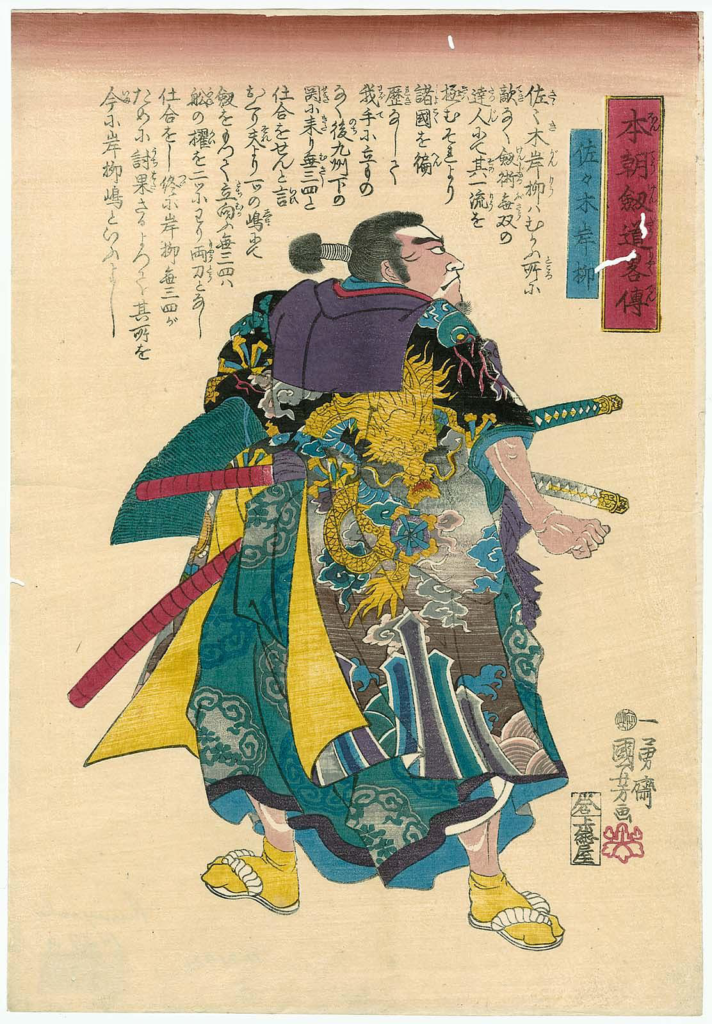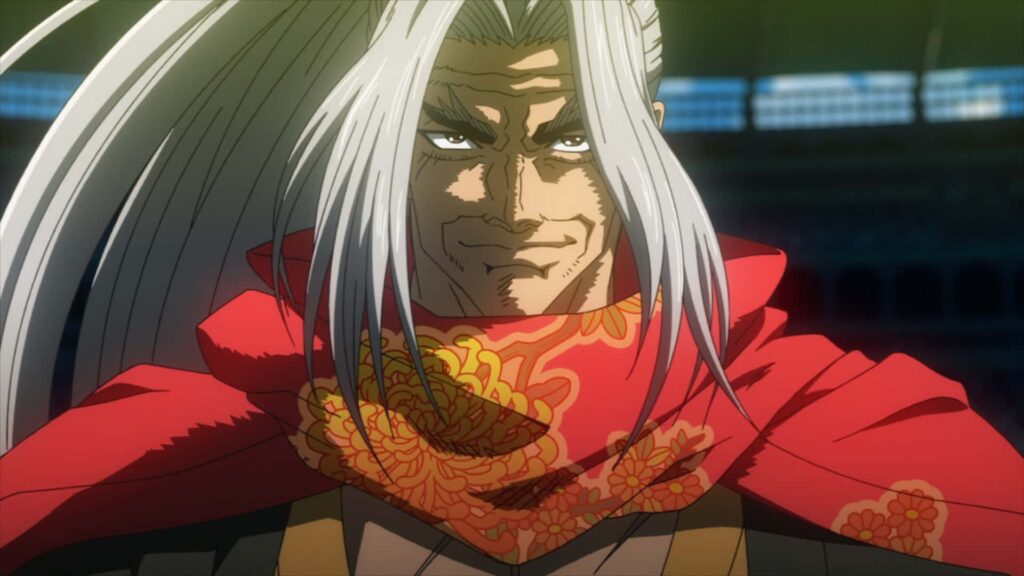By Penny Theodorakopoulou,
I have always been curious about Japan’s history, especially when it comes to martial arts and sword techniques. As expected, I searched for “famous Japanese swordsmen” in order to learn more about them. A variety of names appeared, some of which I was already familiar with or had at least heard their names. From Tomoe Gozen and Uesugi Kenshin to Toyotomi Hideyoshi and Minamoto no Yoshitsune. According to Japan’s history books, the greatest swordsman ever existed was no other than Musashi Miyamoto. So, I decided to find more information regarding Japan’s greatest swordsman.
Being a fan of anime myself, I recently watched Netflix’s new anime, Record of Ragnarok (Shūmatsu no Warukyūre in Japanese). To my very surprise, Musashi’s name was mentioned in the anime. However, another man had piqued my interest; and that was Kojirō Sasaki. In the anime, he is portrayed as “the greatest loser”, the man who “never won a single fight in his life”. Yet, Musashi acknowledged Kojirō as “the most powerful swordsman in existence” and “Humanity’s Strongest Swordsman”. Wanting to see how valid the story of Kojiro Sasaki was, and whether Musashi said in the anime was true, I searched for Kojirō Sasaki instead of Musashi Miyamoto.

Kojirō Sasaki, also known as Kojirō Ganryū, was born circa 1575, in Fukui Prefecture, Japan. Living during the Azuchi-Momoyama and early Edo periods, his career as a swordsman began at the Seigen Toda’s dojo, who was a master of the kodachi, a small sword. There, under either Jisai Kanemaki or Seigen Toda’s supervision, he was taught the Chujō-ryū of sword fighting. Kojirō Sasaki used a nodachi, a kind of long sword/katana, eventually excelling in its use.
After battling and defeating Seigen’s younger brother, he left the dojo and founded his own martial arts school, under his name (Ganryū), meaning “Large Rock Style” in English. When he founded Ganryū, his popularity rose, especially after many successful duels of his. One of these duels included him fighting off three enemies, just by using a tessen, a type of Japanese war fan, in the late 1500s. After being extremely skilled in using a nodachi, which he called monohoshizao, with a blade length of over 90cm (“The Laundry-Drying Pole”) became his main weapon. In line with this, his signature move/technique was known as the Tsubame Gaeshi or the Turning Swallow Cut, aptly named after the motion of the attack which mimicked that of a swallow’s tail while flying.
During the feudal era of Japan, Kojiro Sasaki’s technique was feared and respected by all who knew it. Although there are no concrete descriptions of his attack, a lot of texts compare it to the two other renowned moves of the time known as the Ganryū Kosetsu To and the Kinshi Cho Ohken. Both techniques consisted of fierce and swift strikes that were executed in downward then immediately upward motions. It is believed that Kojirō Sasaki developed this technique during the year 1605.

The truth is, Kojirō Sasaki would not even be mentioned in the history books of Japan if he had not fought Musashi Miyamoto, Japan’s greatest swordsman, in Kojirō’s last battle. According to the record that we have collected so far, Kojirō served as the long-time rival of Musashi Miyamoto. Having dueled before several times, the two men decided to fight once more on April 13, 1612, on the island of Ganryū, just a little off the shores of the province of Bizen. The battle was alleged to start early in the morning but many texts state that Kojirō Sasaki anticipated several hours of Musashi Miyamoto’s arrival. By the time Musashi Miyamoto had arrived, Kojirō Sasaki was already in a state of rage, having been disrespected by his foe. The moment Musashi arrived, Kojirō immediately drew his sword against Musashi, throwing away his sheath.
Even though Musashi was quite late, the duel was relatively short. After seeing Kojirō Sasaki’s irritability and anger, Musashi provoked him to form the primary move, the Swallow Cut. This attack was immediately countered by Musashi, who broke the left ribs of Kojirō, before delivering a deadly strike to his lungs.
With the death of an equally great swordsman, Musashi Miyamoto felt an excellent sense of sadness, leading to his spiritual awakening. He bowed to his fallen friend and rival before leaving the island, making a vow to never engage in lethal battles ever again. After all, Kojirō Sasaki was “the most challenging opponent Musashi ever faced”.
References
- YABAI Writers, Sasaki Kojiro – A Master Swordsman of Japan. Available here.
- Sasaki Kojirō. Available here.
- Kojiro Sasaki, from the anime Record of Ragnarok, 2021. Available here.




